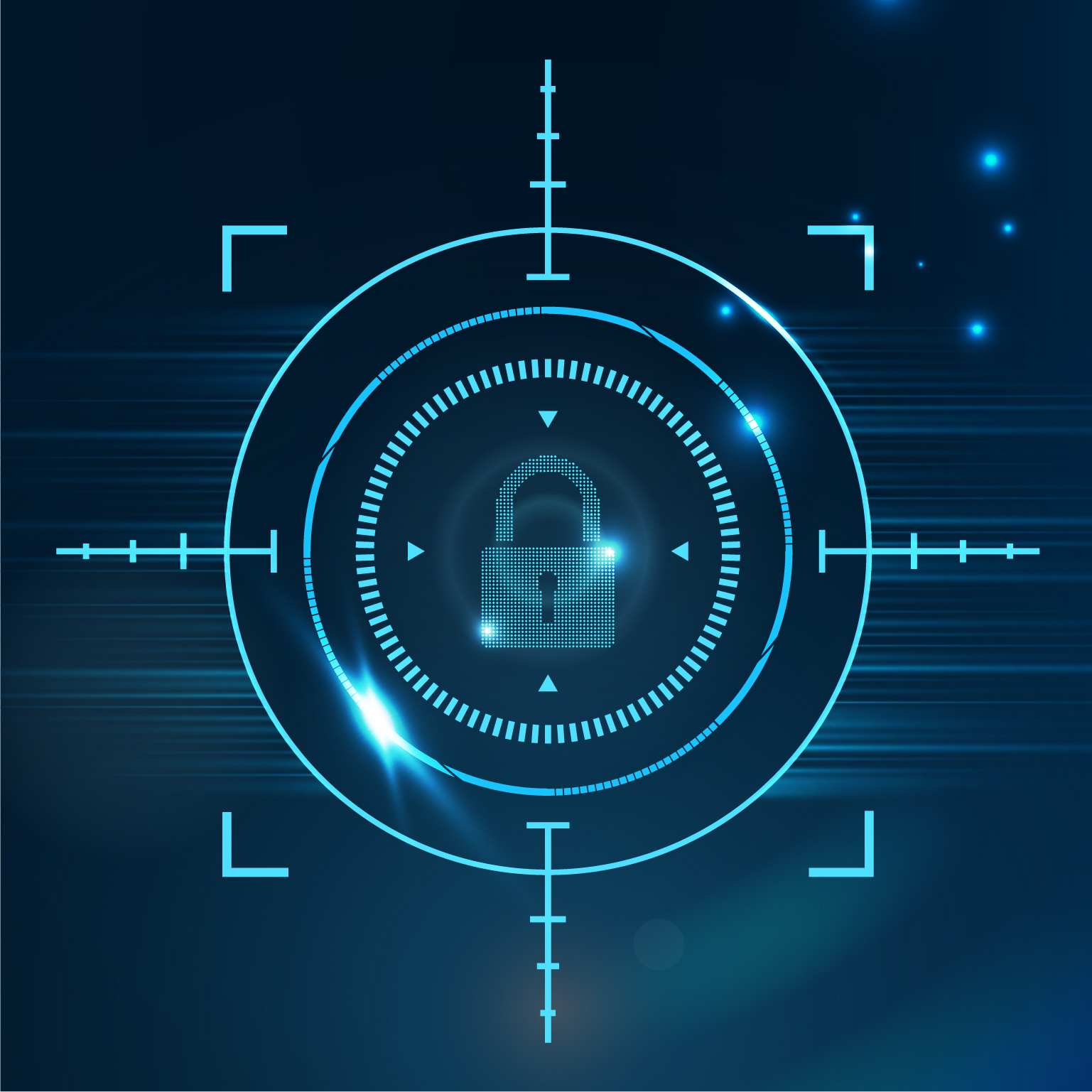

In today's world, you can see that daily life is more dependent on technology than ever before, from payment to even food that can be ordered online sitting at home. Unfortunately, with so much benefit from technology comes inherent risks lurking behind every nook and corner. Even the best creations have loopholes that are not far from being cracked by hackers. An up-seen increase in cybercrime shows us the flaws in devices and services that we are dependent upon. Because of this worry, we must consider cyber security, why it's essential, and what we can learn about it.
Cyber security refers to protecting sensitive information in the form of hardware or software from external threats. Simply put, it is how Individuals and organisations reduce the risk of cyber attacks by hackers, spammers, and cybercriminals. Companies use this practice to protect against phishing schemes, ransomware attacks, identity theft, data breaches, and financial losses. Unfortunately, such extensive use of technology creates massive data that external factors can easily trigger.
It has become necessary to take enough precautious steps regarding technological advancement. Regarding organisations, new regulatory rules such as HIPAA have mandated oorganisationsthat store customer data to put specific security processes and technologies in place. For example, HIPAA requires identity and access controls as well as encryption. If they do not comply, people will have to pay fines which can be huge. It also leads companies to lawsuits.
Cyber security is crucial because we depend on these devices and services. It has become a fundamental part of modern life, even imagining how we would survive without them is difficult.
1. Malware
Malware is programs and lines of code that cause damage or provide unauthorised access. Malicious software is the complete form of malware.
Viruses, Trojans, spyware and ransomware, are all types of malware. Malware is the most common cyber security threat, even though it has been reduced in the past few years. Using anti-malware from a reputed vendor would help to protect your system.
2. Phishing
This type of threat involves making someone click on some link and install the malware in their entire device or tricking someone into giving away their sensitive information. In recent years, phishing has become more advanced. Earlier, phishing scams were relatively easy to detect, but modern attacks are advanced to the point that they will be tricky to deal with.
3. Ransomware
Ransomware is a software threat that generally encrypts the data or blocks the user from accessing the device. This software of danger can be removed if payment is made to the hacker. Typically, it's done in the form of crypto currencies to avoid tracking. So the first thing you should do to prevent having your device infected with ransomware is to avoid clicking on spammy links or accessing insecure websites.
4. Internal Threats
Most of the threats were from outside the organisation, and this one came from within the system. Insider threats occur when someone with authorised access, intentionally or not, threatens a system, such as an employee. These threats are caused by individuals within an organisation that is dangerous to their organisation.
1. Use anti-malware software
Every internet user must install the necessary software to protect their device from malware. Generally, cyber security threats start as malware, so that this software can stop malware formation. Also, they have an auto-update feature which helps the user to be protected from new modern threats.
2. Implement a cyber security plan
The plan should consist of all the components prevalent to the possible risk associated with the user. An assessment must be carried out to identify how critical the members are to operations.
3. Use solid and varied passwords
Another best way is to use strong passwords. Passwords should be long and contain a combination of symbols, numbers and varying letter cases. It is also essential to use a different password on multiple platforms.
4. Update regularly
Another safety measure is to update the software and Operating systems regularly to benefit from the latest security patches. Criminals always come up with new ways to attack new targets. That means it's essential to update all software regularly.
5. Backup sensitive files
It is always advisable to back up sensitive files. This won't prevent a cyberattack, but it can minimise the damage caused. Stolen data or downed systems are less dangerous if you have extra copies of your data to use. Since no defence is perfect, ensuring a hack that would work to a certain extent is essential.
6. Perform periodic security reviews
Every user should ensure periodic security inspections of all software and networks to identify security risks early in a secure environment. In addition, the user should prioritise and mitigate security vulnerabilities as quickly as possible after they are discovered.
After learning what cyber security is and its importance, it's easily understood why it is in such high demand. Even an average user of big businesses is in extreme need to understand the risk and try to avoid it. Cyber security needs to be adopted no matter the importance or quantity of data, as it is an evolving, essential, and non-negotiable process that grows with any user. With the proper techniques, guidelines and technology in place, users can focus towards ensuring better performance rather than worrying about cyber security.
Follow closely and receive content about our company and the news of the current market.